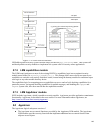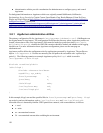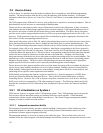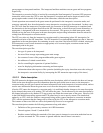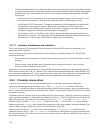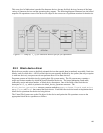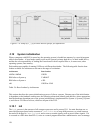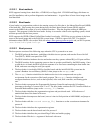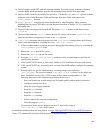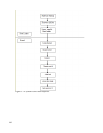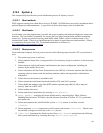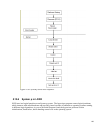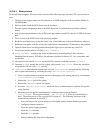the system runlevel by controlling PID 1. For more information on the /etc/inittab file, please see the
inittab(5) man page. For more information on the init program, please see the init(8) manpage.
The init program generally follows these startup steps:
1. Gets its own name.
2. Sets its umask.
3. Checks for root identity.
4. Checks to see if it is PID 1 (init—the daemon) or not PID 1 (telinit—the control program).
5. If it is telinit, runs telinit processing and exits; continues if it is init.
6. Handles re-execs by setting proc title appropriately, etc.
7. Processes command line arguments.
8.
9. Sets the proc title to the “init boot” message.
10. Begins running init_main() and never exits. Continuing with init_main():
11. Tells the kernel to send Ctrl-Alt-Delete to init for processing.
12. Sets up signal handling.
13. Initializes the console.
14. Sets a default PATH environment variable.
15. Initializes the /var/run/utmp file.
16. Outputs a boot message.
17. Checks for an emergency shell request and if so opens the shell.
18. Reads inittab.
19. Starts child processes.
20. Performs boot transitions.
21. Checks for child processes being waited on.
22. Checks the init fifo.
23. Checks failing flags.
24. Processes signals.
25. Checks once again to see of any children need to be started.
26. Goes back to step 21.
5.10.2 System x
This section briefly describes the system initialization process for System x servers. For detailed information
about system initialization, see “Booting Linux: History and the Future” 2000 Ottawa Linux Symposium by
Almesberger, Werner and Documentation/i386/boot.txt on a SLES system.
157



